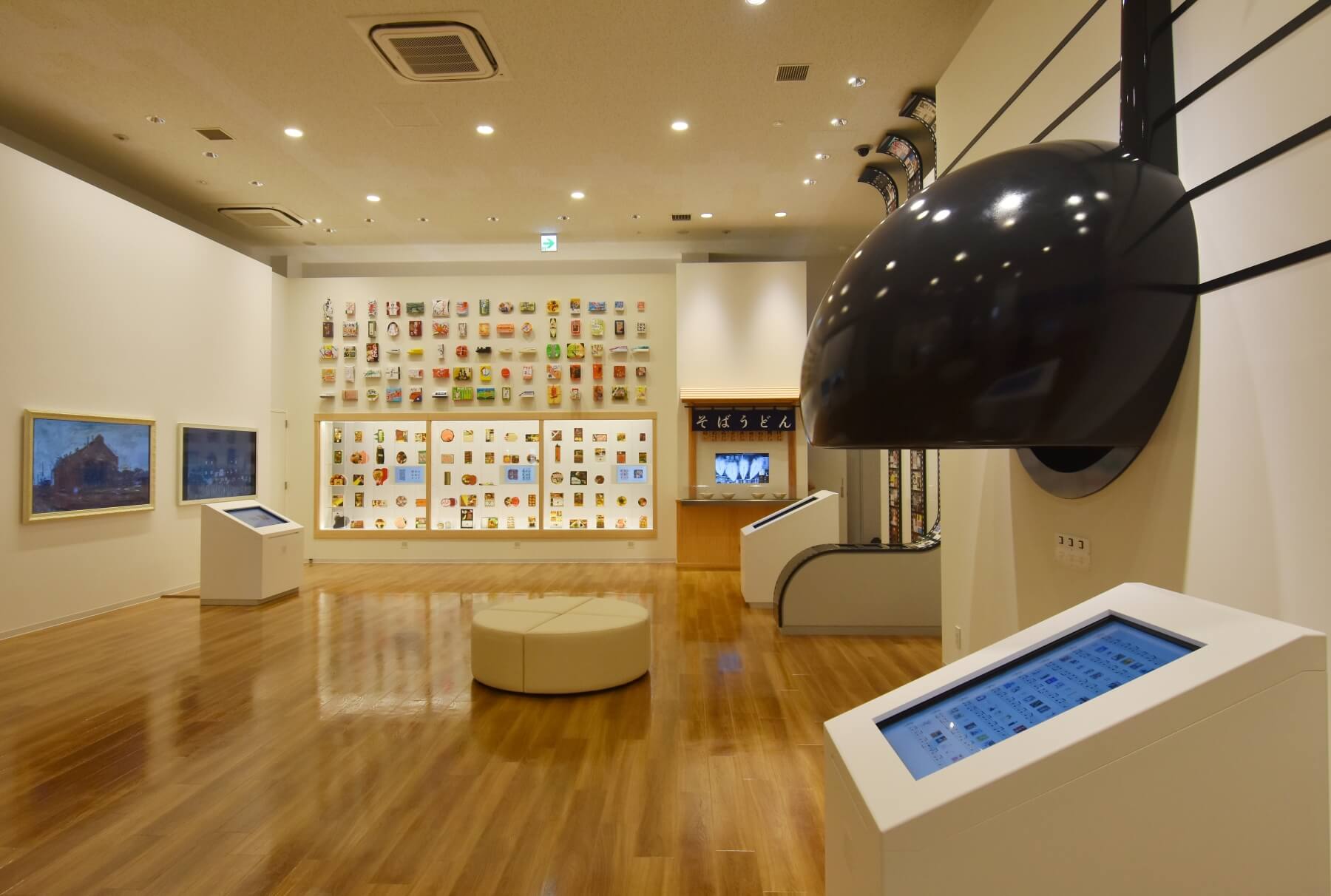A Trip for the Day, Not Far Away: A Guide to the Omiya Station Area
features

Updated on:2025.02.07
Want to take a day trip out of Tokyo, but be close enough to get back easily? Saitama has a great balance of urban activities like shopping and museums, and rich nature and history for a look at more authentic Japanese culture. Before jumping on the bullet train halfway across Japan, Saitama is a fun stop within an hour of Tokyo!
The Railway Museum
Train culture is fascinating in Japan! It’s a part of everyday life for commuters and travelers alike, and Omiya station in Saitama happens to be a major transfer for the shinkansen bullet trains that go all over Japan, and major commuter lines into Tokyo to the south, and further north as well. There’s no better place for this Railway Museum, and you’ll see the wonder, technology, and history of Japanese rail both in modern times and throughout the 20th century.
The museum has many highlights for all ages. Take a stroll through life-size replicas and real rail cars from the very earliest steam engines imported to Japan to all the latest designs in use around Japan. Kids and adults alike can also enjoy one of the largest miniature model train displays in Japan, exquisitely detailed with tracks and tunnels, and largely automated as well! A day here will tell you everything you could ever want to know about train technology, history, media, and even more obscure aspects like the special boxed lunches you can buy at major stations across Japan, and the nitty-gritty logistics of train scheduling and track layout (for the engineer-types in your group, perhaps…)
Saitama Bonsai Art Museum
Are you interested in bonsai trees? It’s a wonderful art form to take various types of trees, and grow them in a contained planter in order to keep them compact size for home and garden decoration. Saitama happens to be an ideal place for many bonsai artists to gather, due to its mild climate, and lower natural disasters such as typhoons and earthquakes compared with coastal areas. This has led to the birth of the “Omiya Bonsai Village” where many elite artists have established nurseries and galleries, and continue to progress the world of bonsai art.
Some of the most impressive and oldest trees however are gathered in the Omiya Bonsai Art Museum. The museum starts you off with an in-depth look at how the roots and branches of bonsai trees are cared for, setting you up to appreciate the collection of immaculate, and in some cases incredibly old trees. Some of them are hundreds of years old!
Get a deeper appreciation for the different approaches to growing a beautiful and tiny version of a tree. See how they use wire to adjust the growth of the branches, and even get tips on the best angles and ways to look at the trees from, not to mention an appreciation for the beautifully designed pots in use.
※The Omiya Bonsai Art Museum will be closed from November 5, 2024, to March 20, 2025 in order to conduct essential garden renovation.
We are hoping to see you again once we reopen!
■Period of Closure
Tue. November 5, 2024 to Thurs. March 20, 2025
■Reason for Closure
The bonsai displays and guest areas will be renovated in order to combat the increased frequency of extreme heat in recent years.
■Enquiries
If you have any enquiries while the museum is closed, please contact us via our email: bonsai-art-museum@city.saitama.lg.jp
We can’t adjust trees growing in the ground in the same way we can with bonsai, so get ready for some breathtaking ways they’ve sculpted the growth of these trees!
Musashi- Ichinomiya Hikawa Jinja Shrine
Musashi-ichinomiya Hikawa Jinja Shrine (Usually just Hikawa Jinja Shrine for short) is one of the largest and most historically significant shrines in the area. Meiji Jingu in Tokyo, or Toshogu in Nikko are perhaps the most famous that many people will visit, but Hikawa Jinja Shrine is far older, being reportedly established in 473 BC. It is one enshrinement place of Susano-o, the younger brother of the sun Goddess Amaterasu. He is worshiped as a deity of harvest and marriage, but also a wild deity of storms and the sea.
The simple, wooden layout of the shrine mixes nicely with the surrounding nature. A red, iconic bridge leads you into the shrine grounds, letting you step back into ancient Japan. After having a moment of calm in the shrine, there is much to see and do in the surrounding area. Omiya park stretches out beyond the shrine, making for one of the nicest strolls you can take close to Hikawa Jinja Shrine. This park is also renowned for its seasonal foliage, with the yearly cherry blossom sights in the spring being some of the most famous in the region.
Saitama Super Arena, and Tama-ari Town
The Saitama Super Arena! You’ve perhaps heard of it as a venue for major international artists like Madonna, and Beyonce, and even bands like Metallica and Iron Maiden. It is also a major venue for sports ranging from basketball to martial arts, and it also has its fair share of exhibitions and artistic events. 2020 and 2021 saw a lot of event cancellations amid the Covid-19 pandemic, but “Tama-ari Town”, as the area around the arena has come to be known, offers fun for the whole day even if there is no event happening.
Get off at Saitama-Shintoshin station to jump into the most modern part of Saitama. Tama-ari Town Has a great selection of food ranging from Japanese to international, as well as cafes to unwind at before or after an event.
Another way Tama-ari Town has made this a great place for anyone to spend the day is with “Toiro”, a rental office space giving teleworkers and freelancers a place to conduct meetings, or get some work done before an event or dinner.










